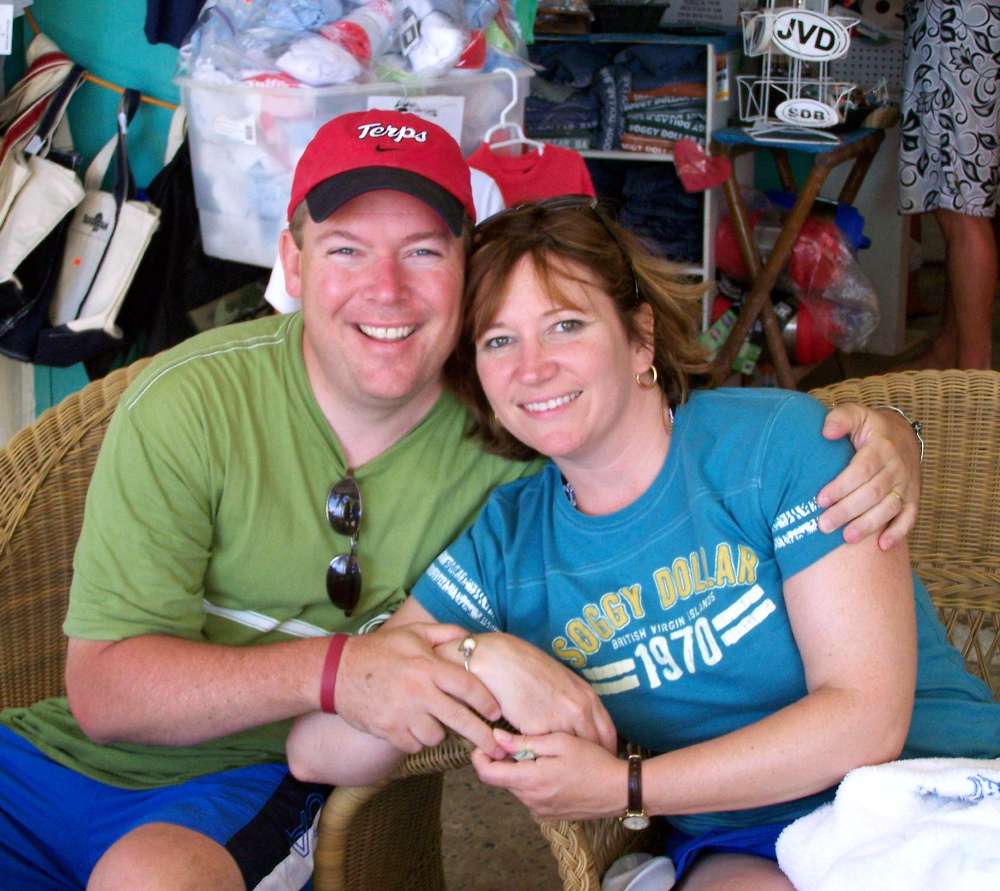Want to be more innovative? Stop doing all the stuff
that is wasting time and sapping energy!
The difference between successful people and very successful people is that very successful people say "no" to almost everything.—Warren Buffet
We love lists. We love writing things down and checking them off. In our fast-paced lives, lists comfort us. They keep us on track. They confirm that we're actually accomplishing something. They allow us to stop thinking about one thing and start thinking about another. Right now, people all around the world are hunkering down to set strategy for the coming year. So we offer you a timely suggestion: Instead of making a "to-do" list, why not make a "stop-doing" list? In other words, focus on the essential, not the important.
What's the difference between the two? The essentials are emotional; the important is rational. The essentials go on a to-die-for list; the important you put on a to-do list. It's easy to spend your time on the important—for example, coming up with a new product to satisfy the sales force's desire to offer something new. But necessary as that is, doing so isn't really going to inspire anyone. In other words, it is not essential.
In contrast, creating a culture that celebrates failure—because if you don't take risks, you will never develop a game-changing product or service—is an essential belief that can shape everything your organization does.
The Art of Sacrifice
A classic example in Innovationland is using your best people to work solely on line extensions and other evolutionary products and services. Sure, they get it done, but only at the expense of the truly revolutionary initiatives that went untouched because they were busy doing less meaningful (and profitable) work. Line extensions: important. Game-changing products and services: essential.
The most seasoned leaders have come to recognize that what they are not going to have their people focus on is just as important as what they are going to have their teams focus on doing. (And so their best people only work on projects that are going to have the highest impact for the company.)Strategy and positioning have both been described as "the art of sacrifice." Therefore, to have either a powerful strategy or a true market position requires that leaders take the time to create a "stop-doing" list.
Smart leaders know which types of engagements, clients, and employees are a fit—and which should be avoided. A not-so-smart company takes on all kinds of engagements, clients, and employees. It spends more on marketing. It makes less money because it is constantly learning how to do new things, how to deliver on more and more commitments. When a company finally bites the bullet and lands on a tight positioning, it makes it far easier for its potential customers and employees to find them.
Create a Clearing
Entrepreneurial-minded idea people naturally avoid "stop-doing" lists. They want to solve all kinds of problems. They don't want to turn away either business or an opportunity. A "stop-doing" list means they have to agree not to engage with particular sets of challenges customers may have.
Creative types frenetically move from one problem to another, one important (but not essential) problem to another. Their energy and enthusiasm are contagious. Unknowingly they start small fires of distraction throughout an organization. It's like a handyman who is constantly running around your home fixing things (like a squeaky door) that are not broken. Meanwhile your furnace does not work, and it's 20 degrees outside. Your job is to point him toward the furnace and challenge him to fix it now (like no one else can).
The same holds true when it comes to setting strategy. Before you focus on what you need to do, you must create a clearing by identifying what you will no longer do. This type of instruction frees up your best thinkers to align on and execute what matters most to your organization.
Before you and your senior leadership team head off-site to plan your key initiatives for next year, ask all the members to come armed with two things. First, ask them to provide the name of an activity your company should halt because it saps energy and produces little real or perceived benefit. This can be any activity from any department. Some examples include "We should stop":
• Serving this type of customer
• Providing this type of service
• Orchestrating this type of company event
• Marketing in this way
• Using this type of process to achieve X
• Employing this HR practice
• Manufacturing X
Start your management meeting by discussing the things you are no longer going to do. Once you have determined what should go on the "stop-doing" list, you've created an opportunity to focus on the five or six core initiatives that really matter. Agree on those and assign accountability.
Old habits die hard, so it is now your job to check in with your team members quarterly to make sure they have not slipped back into the practices that you all agreed you should stop using. The best leaders have come to understand that the likelihood of market success is closely tied to how well they focus their teams' attentions. You don't want your big brains jumping from little challenge to little challenge. You want them laser-focused on the biggest challenges, the biggest opportunities, the most important company issues. When you can make this happen, you fulfill the promise of good leadership to your team. You also reward them with the efficiency and profits that make the business engine hum. You'll find innovation will come easier. We promise.
G. Michael Maddock is chief executive officer, and Raphael Louis Vitón is president of Maddock Douglas, an innovation consultancy that helps clients invent, brand, and launch new products, services, and business models.


















No comments:
Post a Comment